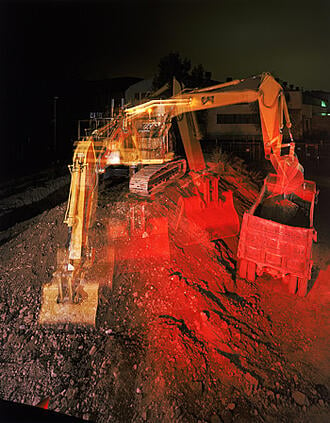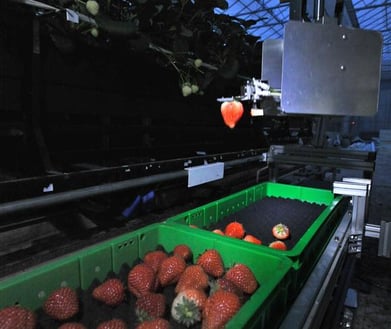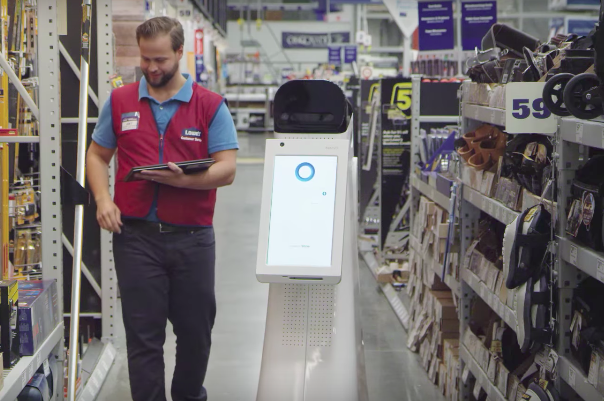5 Jobs Robots Can Do That Humans Don’t Want

Headlines about robots taking jobs are everywhere, but what exactly are those jobs, and do humans even want them?
Entering Unsafe Radiation Areas
The need for a non-human to enter dangerous radiation areas became a high priority after the damage to the Fukushima nuclear plant in 2011. Sciencemag reports that the maximum radiation levels discovered would have exceeded a human worker’s full year safety limits after exposure for less than one day. Military-grade robots had to be deployed to venture inside.
In the following years, development of robots to step over debris and access damaged, contaminated areas has increased. A Wall Street Journal video shows HUBO robot creator Professor Jun-Ho Oh explaining that they created the robot to deal with a radiation contaminated area.

Hazardous Mining Jobs
The Mine Safety and Health Administration has tracked 76,000 deaths due to black lung disease since 1968. Breathing coal dust or risking being trapped in a collapse, cave-in, or a flooded mine is not a desirable job for a human. Robots are welcome in mining to reduce hazards and to aid rescue operations
To be fair, not all mining jobs are so hazardous, and some less-hazardous jobs are also being automated. As reported by MIT Technology Review, mining companies are taking advantage of automation to haul iron ore and drill. Just like other industries, automation eliminates some jobs while creating others such as maintaining the new equipment.
Low Wage Farm Work
US News reports that the specialty crop farm industry wants investments in mechanization and technology to offset labor shortages. Leaving the political debate about immigrant workers aside, what makes farm jobs unattractive? The New York Times cited a Georgia experiment using parolees to work farms that resulted in parolees quitting due to “intolerable working conditions.” The Bloomsburg Businessweek article Why Americans Won’t Do Dirty Jobs presented low wages, and back-breaking physical demands as reasons why the unemployed don’t want to pick produce, along with an attitude against doing farm work.
Picking soft fruits has been a challenge for robots, but new robotic strawberry pickers are already in field testing.

Deburring and Other Repetitive Actions
Deburring is an excellent example of a repetitive, time-consuming, fatigue-inducing process prone to human error. While flat parts are relatively easy to deburr using automation, curved pieces typically required traditional manual deburring. With robot end effectors becoming more sophisticated, they can adjust force to deburr rounded surfaces.
Dull Retail Tasks
What’s worse than searching for someone to help you find something in a retail store? Being the person on the floor who constantly has to answer the same questions over and over. With autonomous retail service robots, customers can “ask” the robot, receive a reply in their choice of languages, and even follow the robot to the location of the item in the store. Lowe’s is using the LoweBot in select stores, and reports that the robots allow employees more time to offer specialty knowledge and expertise. By leaving the routine searches and repeated questions to robots, human workers have higher job satisfaction.

Transition Time
Automation is not going to go away, and jobs with a shortage of available or willing workers will be prime targets for robotic solutions. Ideally, people will benefit from safer, more interesting work. But, as with most technology changes, the transition will likely not be easy for everyone to accept.






Leave a comment